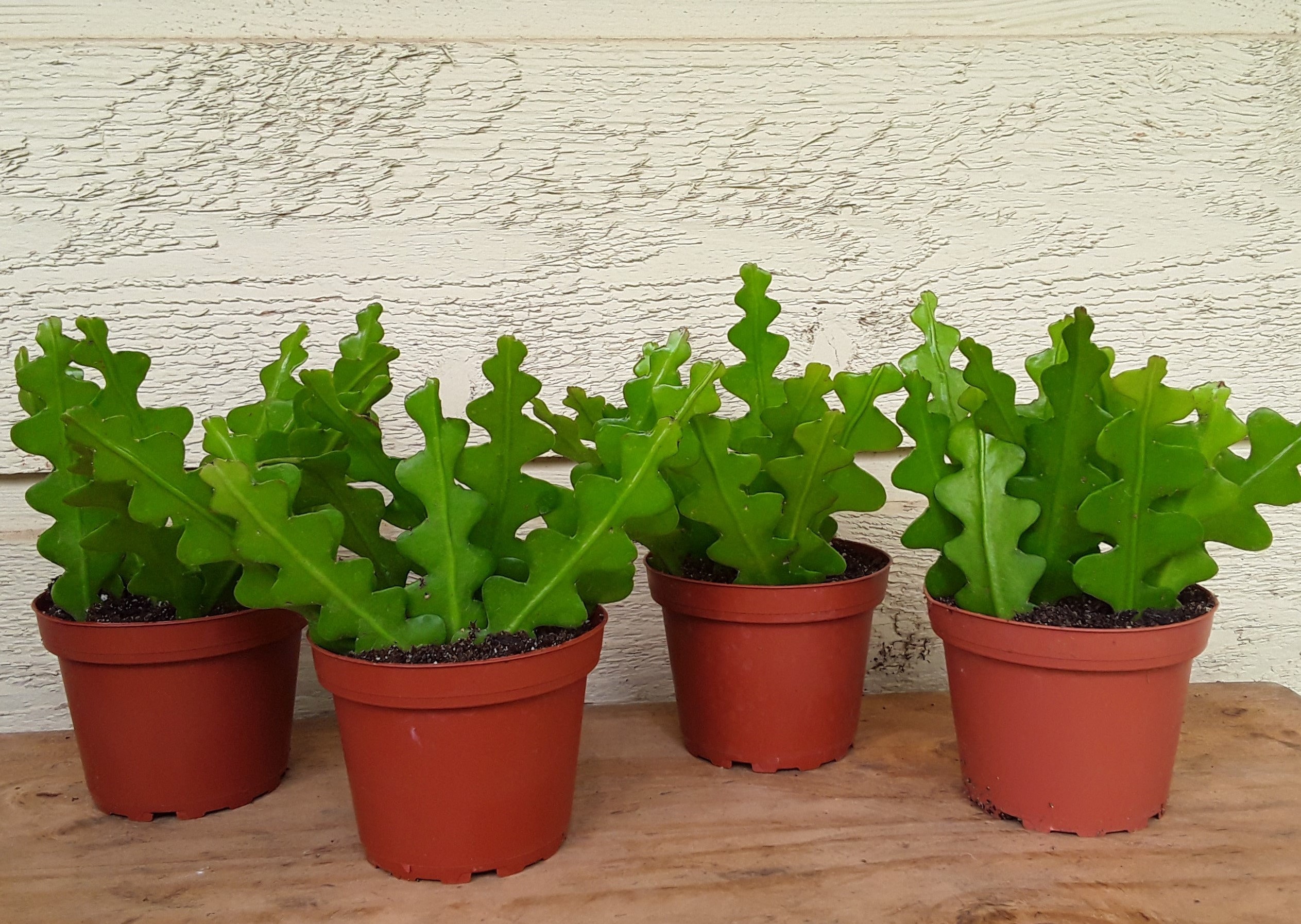
Clean the leaves gently with a moistened cotton ball to remove the mites. One clue to this is that the plant's leaves will start to look a bit drab and dull. If the roots seem to have outgrown the pot, size up by 3 to 4 inches in diameter.The zigzag plant isn't bothered by too many pests sometimes spider mites become an issue. To do so: clip 1-inch stem sections on non-blooming stems.You should repot your zigzag plant plant every three years and replace the potting mix and amendments to prevent pests and fungus problems. Simply use clean garden shears to prune away troubled branches, and trim back the plant yearly, in late winter.The best time to snip cuttings for propagation is late summer. Zigzag plant should be planted outdoors in fall and winter.Zigzag plant is generally grown as a houseplant and is a fairly easy plant to grow and care for.Zigzag plant requires very little care in the way of pruning. Though they can be white or green, it is the red and bright pink ones that are most sought after and inspire the plant's many colorful folk names. The bracts appear in summer, but do not last a very long time. The plant goes fairly dormant in the autumn and winter, so discontinue any fertilizing at that time.A diluted solution of apple cider vinegar in water may be used to gently clean the leaves with a cotton ball, or try a homemade spray solution.īecause the "flowers" are actually leaf bracts, they don't produce any fragrance. Adding vermiculite, peat moss, and a bit of sand will help keep the soil evenly moist but not too wet.Using an unglazed clay pot with drainage holes in the bottom will help insure the soil drains effectively.Ī bit of fertilizer in spring and every three weeks or so thereafter can help it produce nice healthy bracts in summer. It prefers a temperature range between 60 to 70 F but can tolerate a low temperature of 50 F or a high temperature of 80 F with no major problems. Take care not to over-water, which can cause rotting.As with most tropical plants, zigzag plant does not tolerate cold very well, so give it a spot inside that is away from any drafty windows. Plant Specifications above specification are indicative only. They flank the zigzag stems to resemble a crooked backbone with ribs. The leave is oval, slightly glossy, variegated, medium green and white edged. The leaves are large, thick, alternate, elliptic in shape, up to 6cm long and wide, pointed at the tip and rounded at the base, falling readily from the stems, making the plant appear almost leafless. Euphorbia tithymaloides is a popular, erect, perennial, succulent grow up to 8 feet tall. The red flowers are slipper-shaped, up to 1cm long and clustered towards the top of the stems. In hot summers, shade is recommended for afternoons and so is moisture. Ornamental shrub with thick, succulent zigzag stems. Grow Pedilanthus in full sun to partial shade in a very well-drained, sand-based soil. From spring to the middle of summer, add a liquid fertilizer when watering every three to four weeks. In the spring and fall, water moderately. Misting it a bit if your house is dry can help it stay healthy, and mimics the plant's preferred natural setting.The zig zag plant is drought-tolerant but does best in moist soil with regular watering throughout the summer and hardly at all during the winter. Plants can be grown in light shade to full sun. The limbs are succulent, growing in a zigzag pattern with two spines on the outside, where the stem changes direction. Overly bright sunlight may scorch the tender foliage, so keep an eye on it and move it or create some shade if this happens.ĭespite being a tropical plant, zigzag plant doesn't like wet soil. It is considered a spiny shrub or small tree up to 30 feet tall. If you position it in a very sunny window, a lightweight curtain or slatted blinds turned to half-position works to give this plan the sun exposure it needs. Many types of plants: house, hanging baskets, garden.This plant does best with plenty of indirect sunlight. Treasures and Plants (Metairie)įriday April 23 and Saturday April 24. Also know as the Devil's Backbone, it can be grown as a landscape plant in frost-free areas where it develops into a shrub and produces small red flowers. The zigzag plant is a succulent with green and white variegated leaves which take on a rosy blush in bright, sunny conditions.
#ZIGZAG PLANT SUCCULENT FULL#



 0 kommentar(er)
0 kommentar(er)
